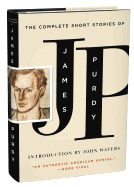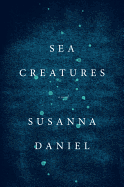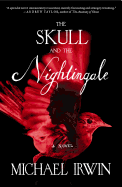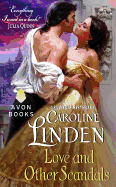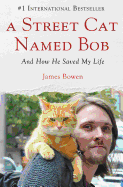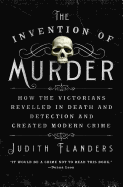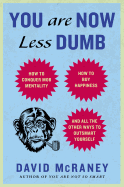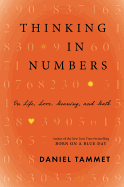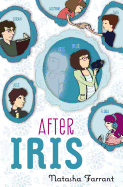 Jason M. Hough's debut novel, The Darwin Elevator (just published by Del Rey), is a science fiction action adventure with a touch of mystery and compelling characters, all set in a post-apocalyptic world.
Jason M. Hough's debut novel, The Darwin Elevator (just published by Del Rey), is a science fiction action adventure with a touch of mystery and compelling characters, all set in a post-apocalyptic world.
He's already written the next two novels in the trilogy, The Exodus Towers and The Plague Forge; they're set to be published in August and September of this year. He lives in San Diego, Calif., with his wife and two young sons.
Tell us about yourself. Where are you from, what did you do before you started writing?
I grew up in San Diego, although I was born in Chicago. Before taking up writing, I worked as a video game designer for quite a while and I was an artist in the game business as well, doing 3D and graphics animation work.
When I left the game business, I was just really looking for a new creative outlet and decided to give writing a try, mostly because it seemed like something I could do pretty much entirely on my own in terms of my pace and my success and failure and that kind of thing. I fiddled with it for a number of years, and then I wasn't really getting anywhere. When I heard about NaNoWriMo (National Novel Writing Month), I decided to give that a shot, just as a kick in the pants more than anything. I ended up really liking it.
I did it in 2007 the first time and, if anything, it taught me the value of writing every day without worrying about editing or revising anything I had done before. I just made a little bit of progress every day, but I didn't really have a plan that year. I went into it with the first idea I had and evolved it as I went along, and the whole thing kind of fell apart [laughs].
So the year after that, I went in with an outline and a plan, and that was actually The Darwin Elevator. I was happy with where I was going and I just kept working on it after that. And kept working on it and working on it. A couple years later I found myself an agent, and the rest is history.
So you sold the first book, The Darwin Elevator, to Del Rey, and now you have three books coming out. How did that work?
I had the first book written and that's what my agent went and shopped around. We got offers from a few different publishers, and we decided Del Rey's was the strongest. Their offer was actually for three books, which is one of the things that surprised me about the whole process coming into it as a new author. I had no idea how that was gonna work when the book ends, as you know, on a little bit of a cliffhanger.
But I had nothing written beyond that and other than a couple of ideas, I didn't have anything even outlined for the subsequent books. I was actually kind of shocked that, before offering on it, they didn't come and say hey, what's the plan and how many books are you seeing or whatever, they just said "Hey, this is great! We want three."
Actually, there was a big benefit to that, which was that my editor at Del Rey [Mike Braff] and I really had a great collaborative relationship on the second and third books. I came up with an outline and reviewed it extensively with him, and by the time it was refined and he was happy with it, I was able to start writing with sort of the confidence that he already knew where things were going and was happy with the direction. It worked out well for me.
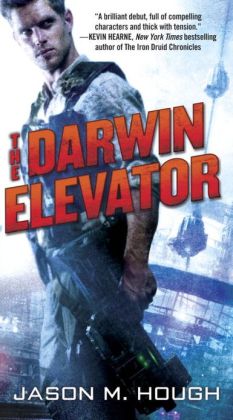 Tell us about The Darwin Elevator.
Tell us about The Darwin Elevator.
Essentially, it's a first-contact mystery that's disguised as an action thriller. The backstory of the plot is an alien race has built this space elevator on Earth, above Darwin, Australia. Without explanation. An automated ship shows up one day and constructs the thing and leaves us to figure out how to use it and what it's for.
Why did you want to write this story? What is this story about for you?
I think what really appealed to me about it when I first had the concrete idea for the book was getting to write a book that had a post-apocalyptic aspect as well as sort of a utopian space society that were both literally tied together. It wasn't just they were two different facets of the story, they were connected by this cord, and both completely reliant on each other for their survival.
The space elevator itself is a fascinating technology, but beyond that, from a story standpoint, I love how it essentially creates these natural choke points at both ends, becoming kind of a trade route between the two sides. So that's really the thing that everyone latched onto when I told them about it. That kept me going, I suppose, through the writing process.
You've written on the topic of space elevators in science fiction. Did you do some research about how realistic the technology is?
I did a fair amount of research while I was writing. I also recently did a post on SF Signal about space elevators in science fiction, which was just kind of talking a little bit about how space elevators have been a set piece in science fiction models and other movies and TV here and there. It is a very well researched, still theoretical technology--a lot of scientists have looked into it. Other than a handful of materials science or engineering problems, the general physics of it is pretty sound.
At some point, after I'd set the book in Darwin, Australia, I was reading an article about space elevators and the author kept mentioning that they had to be literally ON the equator, and Darwin is a good distance off. I freaked out a little bit and even e-mailed my editor and thought that I might have completely blown this part.
I'm sure it was too late to change anyway, but he said don't even worry about it, no one is gonna notice. But I still wouldn't let it go. I had seen a paper that was written about 10 years ago for NASA, and it was talking about space elevators in general, and particularly about putting one on Mars. The author's e-mail address was on the cover, so I just e-mailed him and said here's my question. He replied and said it would work, don't worry. And he gave me a handful of little details to include to help with the science of a space elevator. Overall, it assuaged my fears and I was able to keep going. --Rob LeFebvre, freelance writer and editor
Jason M. Hough: A First Contact Mystery




 Tell us about The Darwin Elevator.
Tell us about The Darwin Elevator.